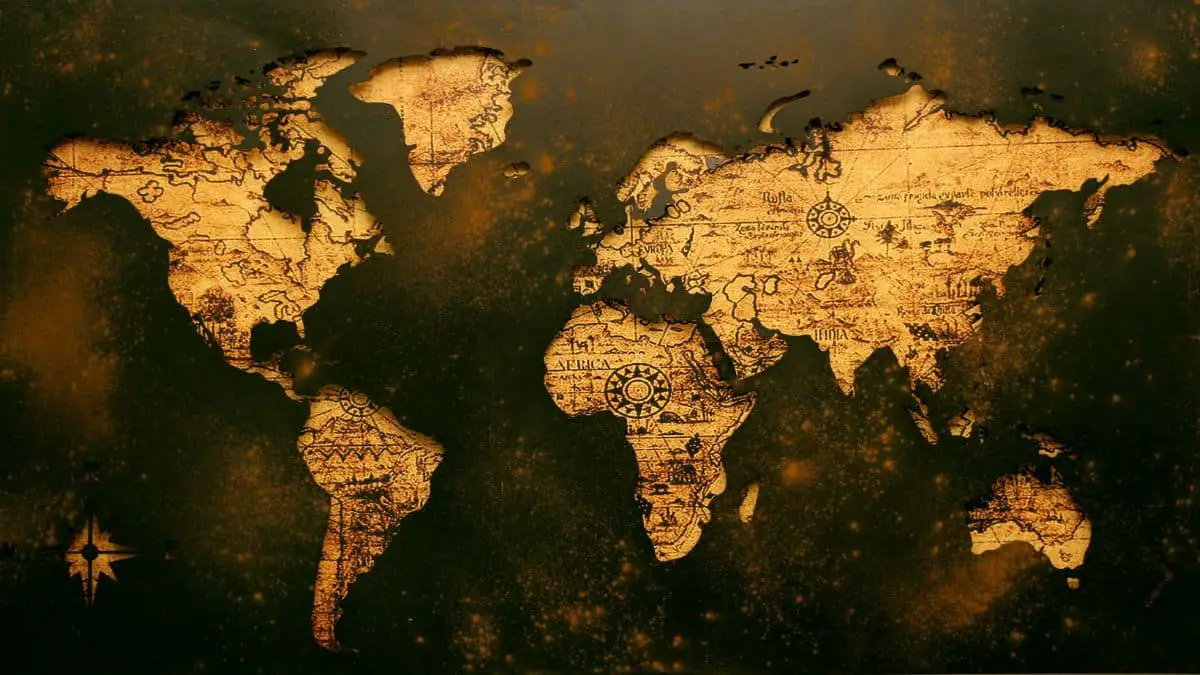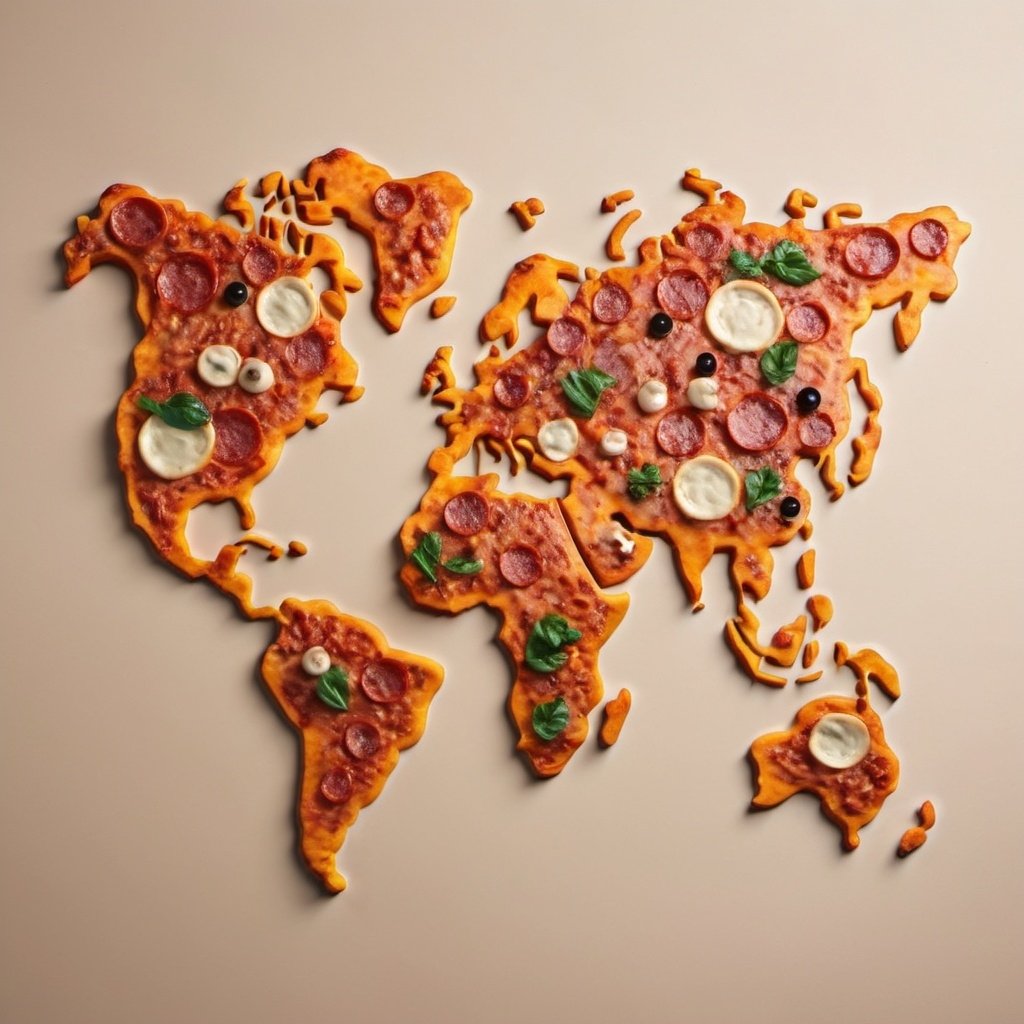1. Just 25% of the Sahara Desert is made up of sand.
Although it has mountains and oases, the majority of it is covered in gravel. It is not the biggest desert on the planet. It is Antarctica.
2. Sudan is the nation with the most pyramids in the entire world.
Not only are there more pyramids in Sudan than in Egypt, but the numbers are also far apart. While 138 pyramids have been found in Egypt, there are over 255 in Sudan.
3. Africa is present in sections in all four hemispheres.
The size of the African continent may come as a surprise to those whose education has been mostly centered on the West. For instance, it encompasses almost 12 million square miles and is spread throughout all four hemispheres.
4. The are 7,641 islands that make up the Philippines.
The Philippines are an archipelago, which implies that there are 7,641 islands that make up this group of islands. The thousands of sandbars and other landforms that appear during low tide are not counted in this number.
5. On the Trans-Siberian Railway, there are 3,901 bridges to traverse during a single journey.
The Trans-Siberian Railway is not only the longest railroad in Russia but also the longest railroad in the entire world. Seven days are required for the trip, during which time travelers cross 3,901 bridges and eight distinct time zones.
6. Earth contains enough gold to cover the entire surface.
As it turns out, our planet has a significant amount of gold: 99 percent of the precious metal may be discovered in the Earth’s core, according to Discover Magazine. How much of it exists? sufficient to cover the Earth’s surface with 1.5 feet of gold.
7. A drop of water needs 90 days to cross the Mississippi River in its entirety.
The Mississippi River is the third-largest watershed in the world, spanning 2,340 miles. That body of water is very long. In fact, it is so long that it takes a single drop of water about 90 days to cross the full distance.
8. During the summer, the Eiffel Tower can expand by more than six inches.
Iron expands as a result of the high temperatures.
9. In terms of size throughout history, the British Empire was the largest.
The British Empire reached its height of dominance in the 1920s when it ruled over roughly a quarter of the planet’s landmass (13.7 million square miles) and 23% of the world’s population.




























